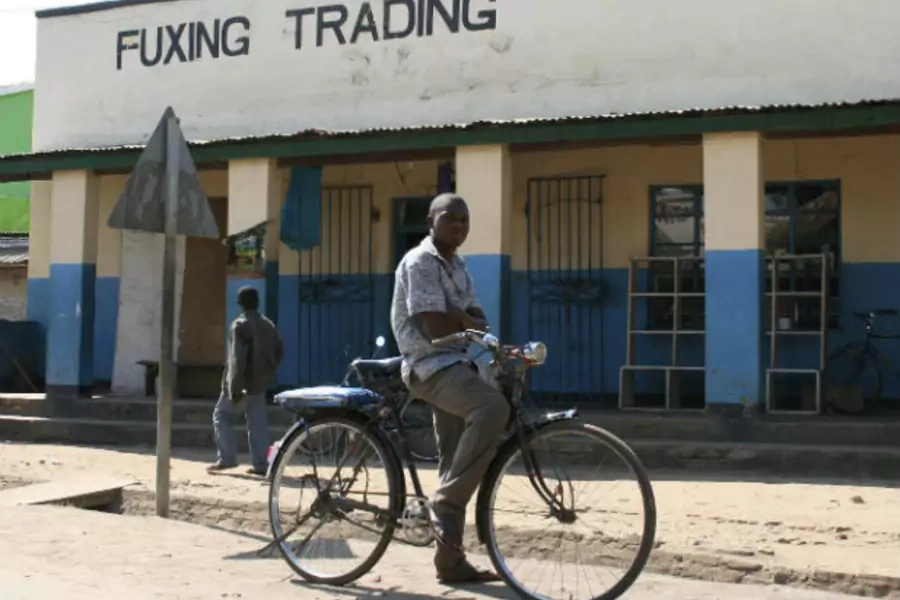More on:
In a recent interview, Goldman Sachs’ Jim O’Neill, whose pen gave birth to the concept of the BRICs—the constellation of emerging economic powers Brazil, Russia, India, and China (and now including South Africa)—said the countries’ combined growth had “exceeded all expectations.” Noted O’Neill, “in slightly over a decade the group’s GDP has grown from approximately $3 billion to $13 billion. The BRIC countries have the potential to avert a global recession and to grow faster than the rest of the world and to pull all of us along with them as a (growth) engine.”
As each of the BRIC economies has grown their combined economic strength has made an impact on Foreign Direct Investment (FDI) flows—both inward and outward. Indeed, they have helped to alter the map of global investment.
A recent report from the UN Conference on Trade and Development (UNCTAD) vividly illustrates this shift. “Since 2010,” it says, “developing and transition economies have absorbed more than half of global FDI inflows, and in 2012 FDI flows to developing economies, for the first time ever, exceeded those to developed countries—with US$130 billion more.”
The numbers tell the story of a collection of emerging nations that have evolved into a growth engine even while the global economy has sputtered, as I discussed in a post last week. In the past decade “FDI inflows to BRICS more than tripled to an estimated US$263 billion in 2012.” Even financial crisis and recession did not hit the BRICS as hard: flows fell by 30 percent in 2009 compared to 40 percent for the developed world. And the recovery also arrived in faster order: the BRICS’ share of global FDI reached 20 percent in 2012, “up from 6 percent in 2000.”
As the foreign dollars have piled up the investment dollars have poured out and the BRICS have become global investors of significant financial heft. Outbound foreign investment from the BRICS grew from “$7 billion in 2000 to $126 billion in 2012, rising from 1 percent of world flows to 9 percent.” Most notable among the investment stories is the growth of BRICS investment in Africa—and not simply in primary goods such as minerals or petroleum, but in the services and manufacturing sectors. In 2012 BRICS foreign investment accounted for a quarter of Africa’s inflows. According to UNCTAD, “the rise of FDI in manufacturing, which has positive consequences for job creation and industrial growth, is becoming an important facet of South–South economic cooperation.”
All of the BRICS minus Brazil now count “among the top investing countries in Africa on FDI stock and flows.” And even while the numbers are smaller, Brazil has had an impact on investment in Africa. The Brazilian Development Bank has helped to fuel the growth of the ethanol industry in countries including Angola and Mozambique. And other Brazilian banks have helped to fund housing developments.
As the BRICS continue to invest in Africa their funds raise important questions for policymakers and investors alike. Among them, as UNCTAD asks, is “what policies by BRICS could favor investment in Africa in sectors that can make a particular contribution to productive capacity building and employment generation?” And how can BRICS investors best link to local firms through supply chains and local procurement? These questions and more are sure to confront both business and the public sector as the BRICS become ever more central to global investment flows.
More on:
 Online Store
Online Store
